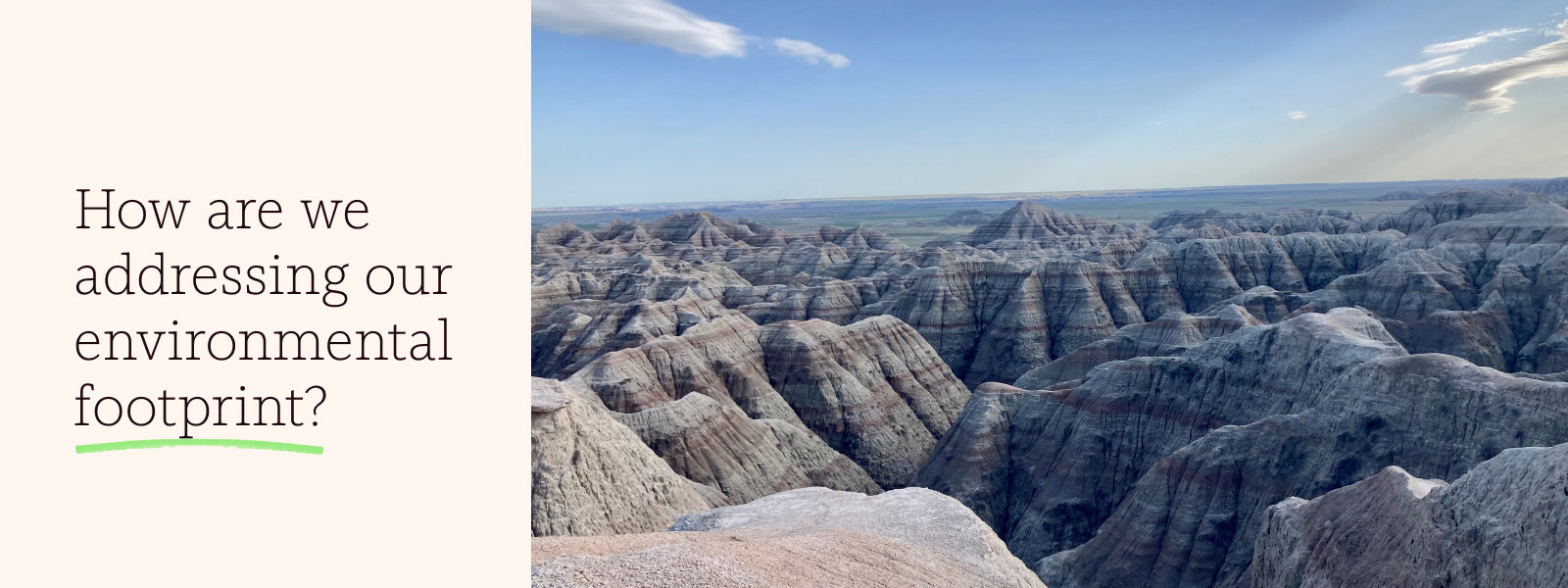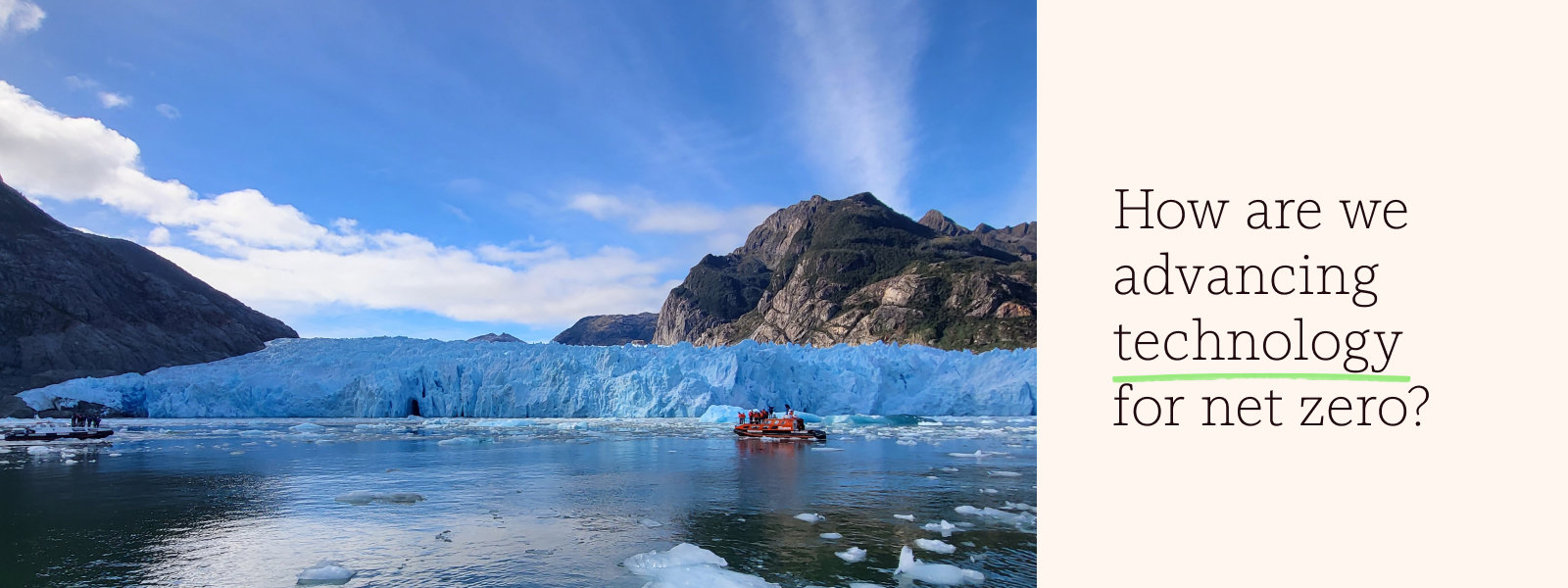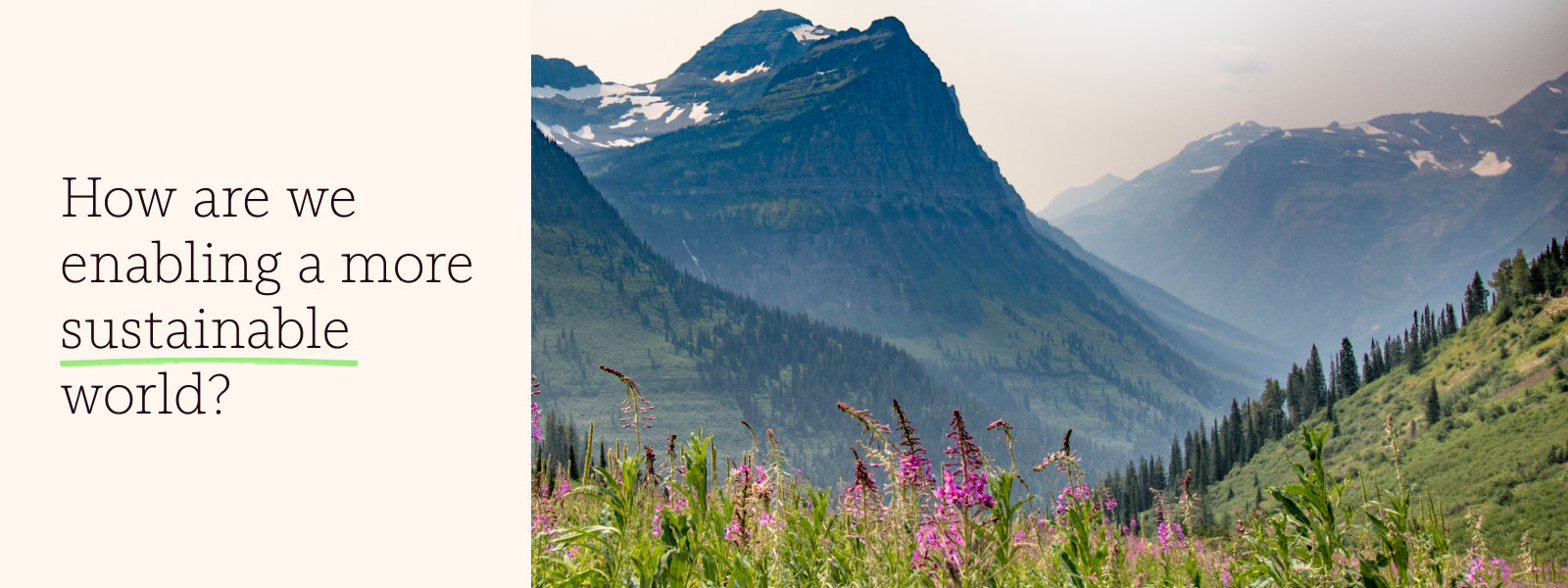Accelerating innovation and partnership
Microsoft Sustainability

Carbon negative
Water positive
Zero waste
Protect ecosystems
“We remain resolute in our commitment to meet our climate goals and to empower others with the technology needed to build a more sustainable future.”
Customer Sustainability

“There is no issue today that connects everyone on the planet more than the issues around climate change. We all need to succeed together.”
Global Sustainability

Beyond our report

Advancing sustainability

Empowering our customers

Enabling societal impact
More sustainability reports

2024 Environmental Sustainability Report

2022 Environmental Sustainability Report

2021 Environmental Sustainability Report

2020 Environmental Sustainability Report
-
Pursuant to California Assembly Bill No. 1305 (the “law” or “1305”), which was signed into law October 7, 2023, Microsoft may be required to make certain disclosures regarding its involvement in the voluntary carbon offsets markets, use of voluntary carbon offsets, and/or certain claims or goals regarding greenhouse gas emissions reductions. While the law itself does not specify a deadline for initial disclosures, the bill’s author has indicated that his intent was that the deadline for companies’ first annual disclosure under the law should be considered to be January 1, 2025. Microsoft is in the process of determining the scope of our potential reporting obligations under this law. We take our sustainability commitments and disclosure obligations seriously, and should we determine that we have reporting obligations under 1305, we will promptly determine the scope of those obligations and comply with those obligations no later than January 1, 2025.

